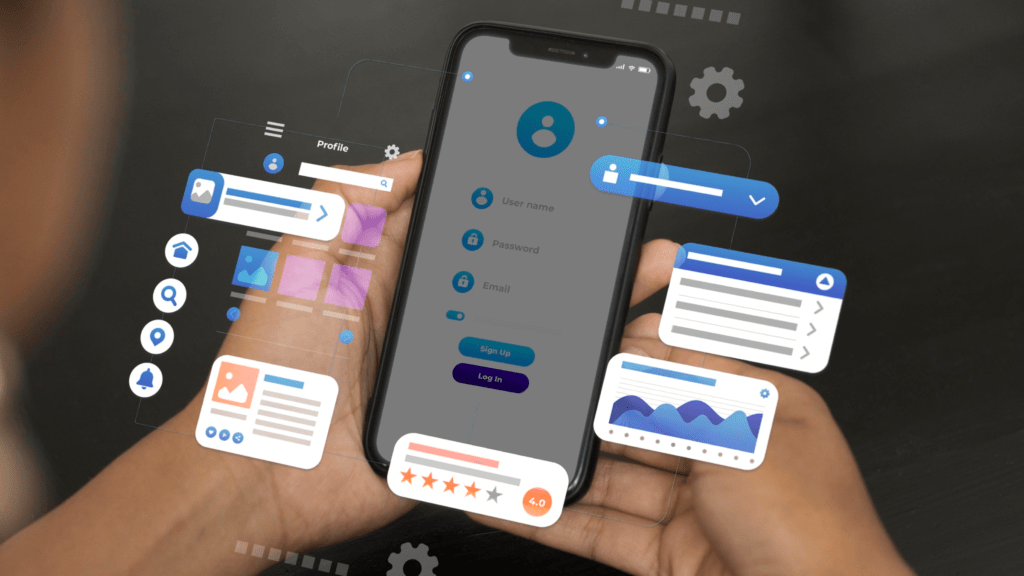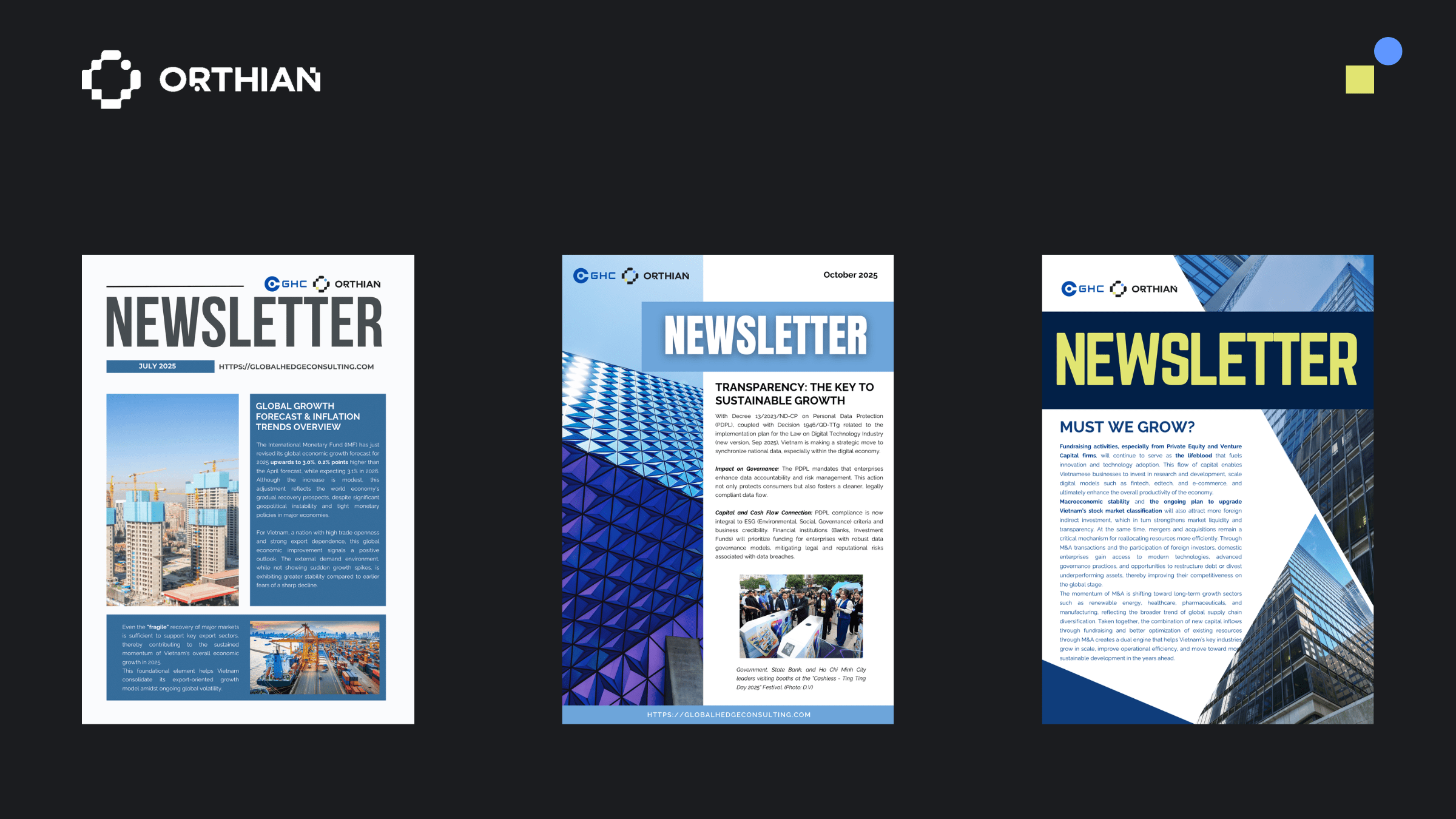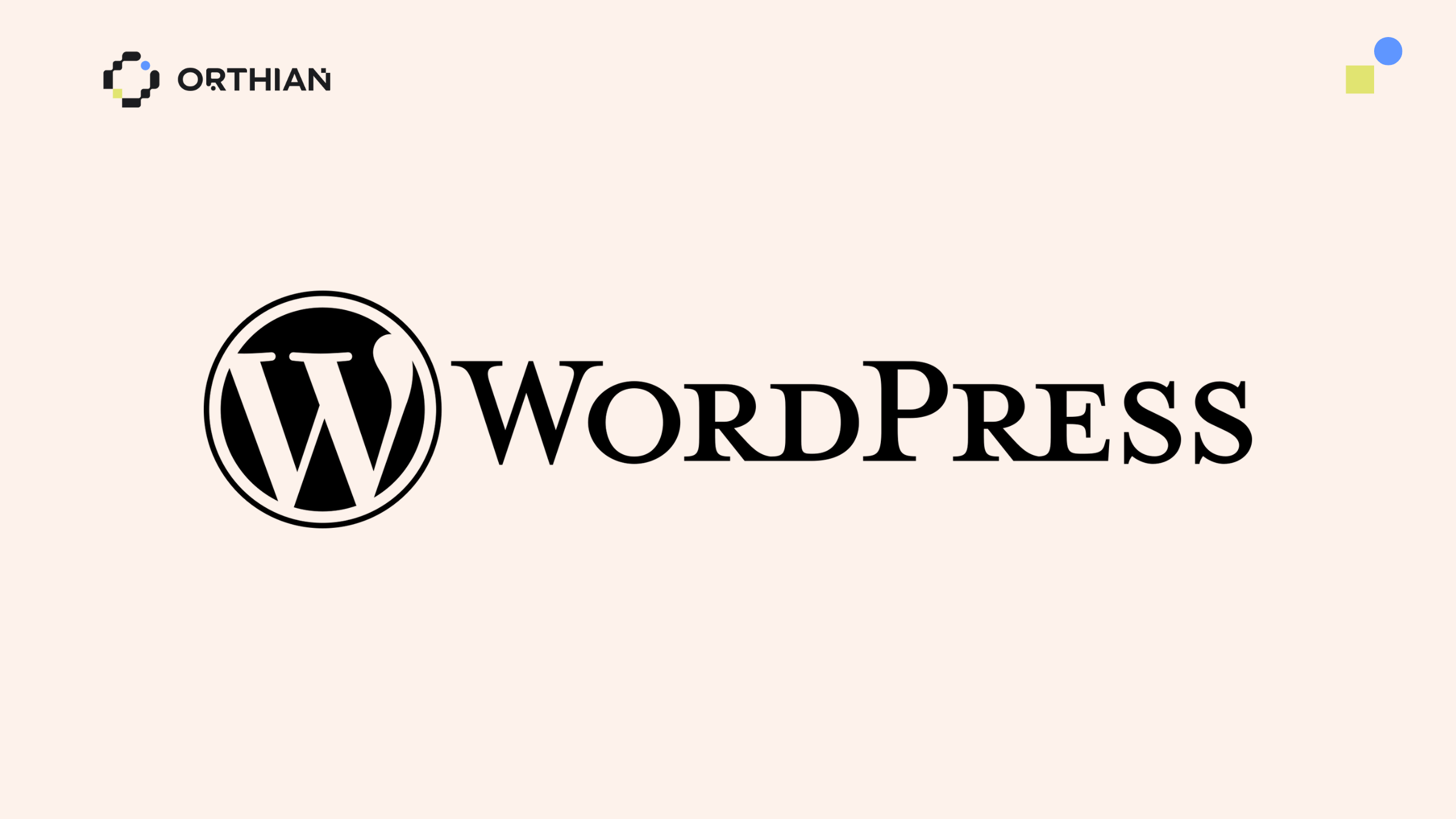One emerging solution that blends the best of mobile apps and websites is the Progressive Web App (PWA). In the digital age, choosing the right technology for your product isn’t just a technical decision, it impacts user experience, scalability, and business growth.
So, what exactly is a PWA, and why are more companies turning to this approach?
What is a PWA?
A Progressive Web App (PWA) is a type of web application built using modern web technologies like HTML, CSS, and JavaScript, but it delivers a user experience that closely resembles native mobile apps.
In short:
- Users don’t need to download the app from an app store.
- The app runs directly in the browser.
- It can be installed on the home screen just like a native app.
PWA combines the accessibility of a website with the functionality and fluid experience of a mobile app.
Key Features of a PWA
- Progressive: Works on any browser and device, adapting to capabilities and screen sizes.
- Responsive: Fits all screen dimensions, mobile, tablet, or desktop.
- Offline-ready: Uses a service worker to cache assets, allowing the app to work without internet.
- App-like UX: Looks and feels like a mobile app, with smooth transitions and installable features.
- Secure: Requires HTTPS to protect user data.
- Always up-to-date: Automatically fetches and loads the latest version in the background.
- Push Notifications: Can send alerts to users just like native apps.
Why Should Businesses Consider PWA?
1. Lower development and maintenance costs
Instead of building separate web and mobile apps, businesses can create a single PWA that works across platforms. This reduces time-to-market, saves budget, and simplifies maintenance.
2. No app store dependency
Publishing and maintaining apps on App Store or Google Play can be slow and restrictive. PWAs are installable directly from the browser no approval needed.
3. Faster performance, better UX
PWAs load faster than traditional websites and deliver a smoother user experience. This directly impacts engagement and conversion rates.
4. Ideal for emerging markets
In regions with poor connectivity or limited device capabilities, PWAs still function efficiently, offering lightweight and accessible digital solutions.
Who Should Use PWA?
PWAs are well-suited for:
- Startups need cost-effective and scalable solutions for MVPs.
- E-commerce businesses are aiming to improve speed and customer retention.
- Organizations are building cross-platform products with limited resources.
Conclusion: PWA as a Strategic Choice
PWAs are not just a tech trend, they’re a strategic solution for businesses looking to scale quickly without compromising on user experience or performance. The combination of accessibility, speed, and offline capabilities makes PWAs a powerful tool in the digital product stack.
However, success with PWA also depends on choosing the right tech stack underneath. Should you consider Flutter, Google’s cross-platform framework to build your PWA?
We’ll cover that in Part 2 of this series, where we analyze whether Flutter is truly a good fit for PWA development, the pros, cons, and practical considerations.
Want to explore how PWA fits into your product roadmap?
Orthian’s engineering team can help you evaluate the right tech solution — from idea to deployment. Let’s talk about your project!






